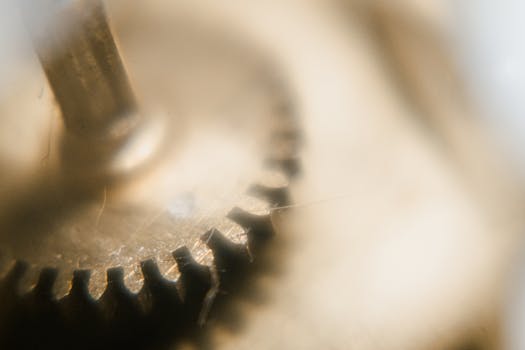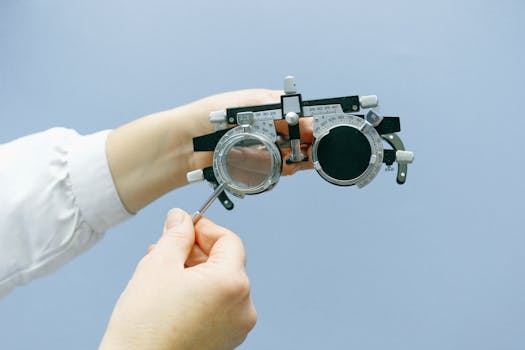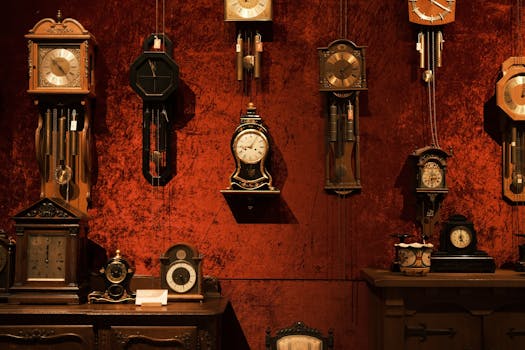
The Art of Watch Restoration: Reviving Vintage Timepieces
Takeaways: In this article, we explore the fascinating world of watch restoration, focusing on the techniques and craftsmanship that bring vintage timepieces back to life. We discuss the importance of preserving history, the tools and skills required, and the satisfaction of restoring these intricate machines.
Watch restoration is an art form that transcends mere repair; it is a celebration of history, craftsmanship, and the intricate mechanics that define timepieces. Vintage watches, with their unique stories and timeless designs, often require careful restoration to regain their former glory. Whether you are a watch collector, an enthusiast, or simply curious about the process, understanding the art of watch restoration can deepen your appreciation for these remarkable instruments.
Understanding the Craftsmanship of Watch Restoration

Restorers must possess a deep understanding of the mechanics involved in horology. Each watch is an intricate assembly of gears, springs, and levers, working in harmony to keep time. A skilled restorer can identify the specific issues affecting a watch, such as worn-out movements, damaged dials, or corroded cases. This diagnostic skill is crucial, as each piece may require a different approach based on its unique characteristics.
In addition to mechanical knowledge, artistry plays a significant role in restoration. Vintage watches often feature unique designs and finishes that must be carefully replicated. This may involve re-enameling dials, polishing cases, or sourcing original parts to maintain authenticity. The balance of technical skill and artistic flair is what sets master restorers apart from mere repair technicians.
The Restoration Process: Tools and Techniques

Once disassembled, the individual components are cleaned using ultrasonic cleaners or specialized solutions. This step is essential for removing grime and old lubricants that can hinder performance. After cleaning, the watch is carefully reassembled, with each part meticulously checked for functionality.
One of the most challenging aspects of watch restoration is sourcing replacement parts. Vintage watches may require components that are no longer manufactured, making it crucial for restorers to have a network of suppliers and access to parts from other similar models. In some cases, parts can be custom-made, but this requires additional skills in metalworking and machining.
Finally, the finishing touches are applied. This may include polishing the case, reapplying lume to the hands and markers, or even creating a new leather strap that complements the watch’s heritage. The goal is to enhance the watch’s beauty while respecting its original design.
Conclusion








